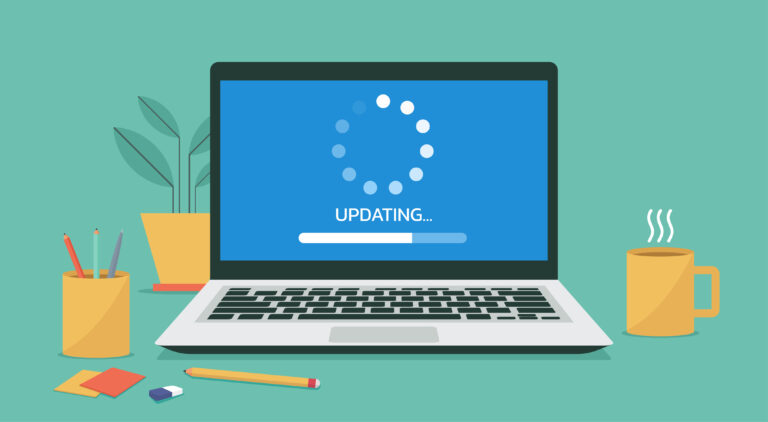
On October 14, 2025, just a few months away, Microsoft will be ending support for Windows 10. This means that they will no longer be sending out security updates, feature updates, and bug fixes, or providing assisted technical support for the program. While the operating system will still function as it did before, it will become increasingly vulnerable to cyberthreats as cybercriminals discover vulnerabilities that will not be patched by Microsoft developers. Microsoft’s current recommendation is to upgrade to Windows 11 or purchase a new device with Windows 11 if your current device cannot support it. You can also purchase the Extended Security Update (ESU) program offered by Microsoft if you wish to continue using Windows 10, which can help protect your device.
While you should make the switch sooner rather than later, you do not have to switch immediately. If you need it, you can take some time to get your systems in order before transitioning to Windows 11. The last update for Windows 10 will be sent out the same day support ends, so that update should be able to hold you over until you can update your devices. However, since cyberattacks have been on the rise in recent years, it will be best to make the switch as soon as possible. While current security measures built into Windows 10 will remain active as long as the operating system does, new security measures will not be provided past October 14th. So, as cybercriminals continue to discover new and improved ways to hack people’s systems, along with the knowledge that Windows 10 will not be supported, devices operating Windows 10 will become more and more vulnerable.
Additionally, some third party programs will no longer be compatible with Windows 10 after October. For example, Microsoft’s own 365 subscription, which many, many people rely on daily, will lose compatibility with Windows 10. Many programs will become less secure and some will even become completely unusable. Most any website that contains secure information, such as financial, payroll or healthcare institutions, will not permit connections or log ins from devices running out-of-support operating systems, so you may find that some sites you log into regularly will no longer welcome your credentials. This can come as a sudden, inconvenient experience if you haven’t planned ahead. For most people, operating on Windows 11 from this point forward will be the easiest, smoothest and safest option.
Windows 10 and 11 both operate in many of the same ways, with Windows 11 providing newer features and an updated user interface. Windows 11 does have some higher minimum hardware requirements, so don’t wait too long to determine if your existing device can be upgraded; you may find that a new PC purchase is required which can add to the time of transition if you’ve waited until the 11th hour. If you are hesitant about the transition, it is important to remember that Windows 11 provides more updated features than Windows 10 and will also be supported for many years to come, meaning it will be more safe and secure. It’s best not to wait until a negative event such as a system failure or cyberattack forces you to make the switch unexpectedly.
Read our previous post here: How To Keep Your Wi-Fi Network Secure
